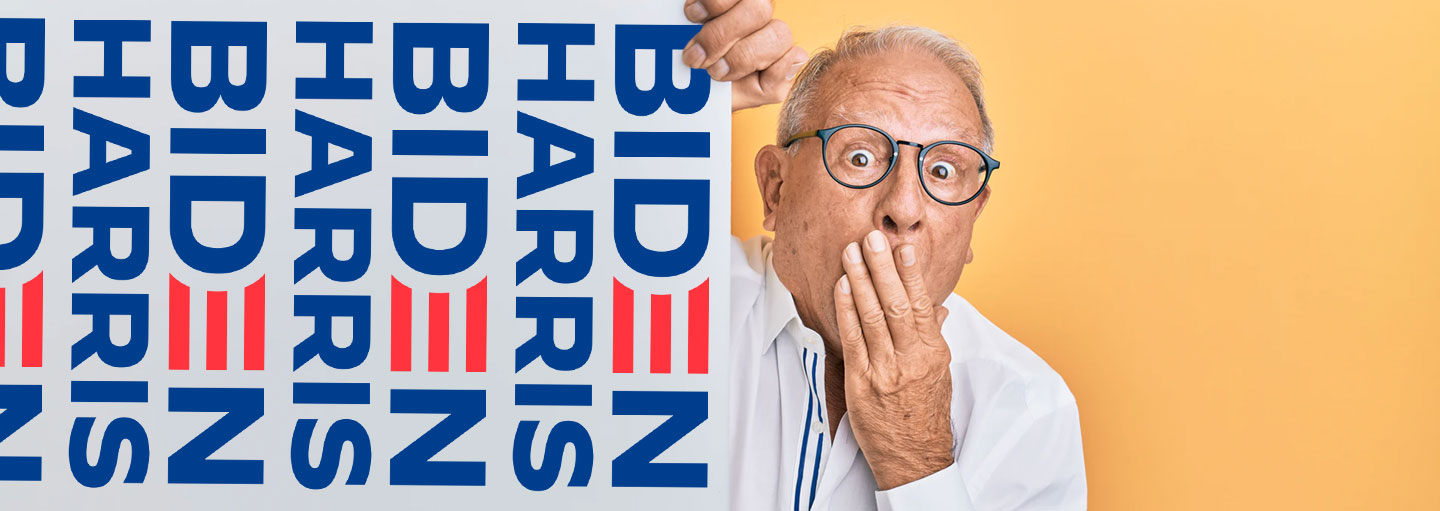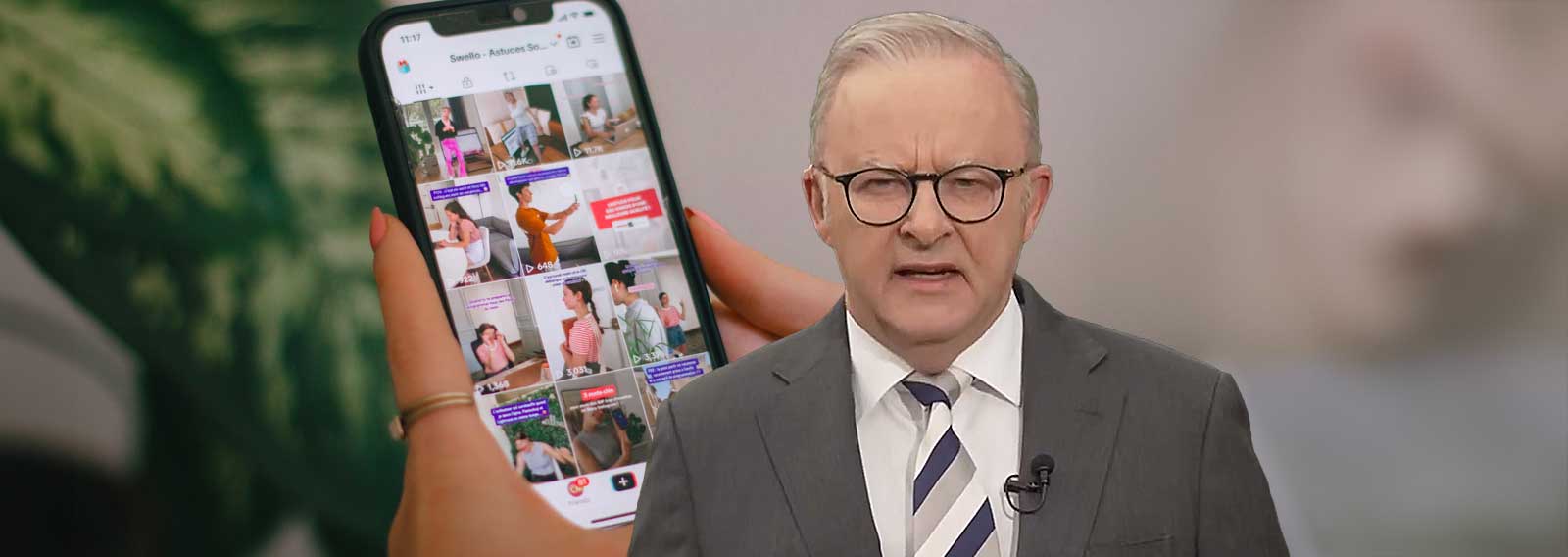It’s everyone’s nightmare scenario: an electoral stalemate; two men all but claiming the presidency; and a likely legal battle that may extend into December.
So much is yet uncertain as the final ballots are counted, and as some jurisdictions prepare to pause counting while the courts have their say. Through the frustrating murkiness, however, there are already a number of major headline stories to take out of the 2020 US election. One of the biggest is surely the abject failure of the polling industry. Again.
“The polling industry is a wreck, and should be blown up,” writes Politico.
“To all the pollsters out there: you have no idea what you’re doing,” declared Republican Senator Lindsay Graham.
Graham fended off South Carolina challenger Jamie Harrison, who in some polls edged in front of Graham and spent US$109m on the race that polls told him he could win. Instead, Harrison ended up losing by 11 points.
Graham wasn’t the only Republican Senator to enjoy an unforeseen landslide. There wasn’t a single major poll that tipped Susan Collins to win a Senate seat in Maine. Her Democrat challenger Sarah Gideon raised $70m for the upset, but lost the race by 9 points.
By most measures, the Democrats were heavy favourites to flip the Senate. Instead, Republicans are now better placed to lead the Senate than before Tuesday’s race.
The Democrat party was likewise expected to pick up anywhere from five to 15 seats in the House. In fact, the Republicans outperformed them there too, stealing a handful of seats to put themselves in an extremely powerful minority, regardless of the eventual White House result.
The award-winning FiveThirtyEight is regarded by many as the best authority on American political contests because of its polling aggregation methods. Going into Tuesday, FiveThirtyEight gave the Democrats a 72 percent chance of sweeping both houses of Congress and the presidency in a great “blue wave”. They tipped Joe Biden as the 90 percent favourite. How could they get it so wrong?
The site was just as dismal on state races. They gave Trump only the narrowest of leads in both Texas and Ohio, states that Trump won by a convincing 6 and 8 percentage points respectively. Biden was the clear favourite in Florida, but lost the perennial swing state by 3.5 points. Wisconsin—which now faces a recount after a razor-thin count—was supposed to be a thumping Biden win: 95 percent likely, according to FiveThirtyEight. A full 17 points according to the Washington Post.
I have a confession to make. In the weeks leading up to the election, there were only two polling outlets that I paid any attention to: Rasmussen and Trafalgar. I had a straightforward reason for this. While most pollsters missed Trump’s 2016 victory, they were impressively close in their predictions.
The reason for this is that they were aware of the “shy Trump voter” phenomenon, and had devised methods to account for this. Trafalgar accurately foresaw a 2016 Trump win in the swing states of Pennsylvania, Florida and Michigan. Rasmussen came to within one point of predicting the popular vote, performing better than any other outlet according to RealClearPolitics.
And sure enough, both predicted a neck-and-neck race this year. Rasmussen correctly picked up on a growing Black and Latino vote for Trump, and Presidential approval ratings in the high 40s and low 50s during the final weeks of the campaign. Trafalgar tipped Trump to win the White House with an electoral college total in the high 270s to low 280s.
Nate Silver of FiveThirtyEight fame dismissed both polling outlets as “crazy”—though he’s probably eating his words now.
As early as 2015, The New York Times drew attention to what they called a “crisis” in the polling industry. They cited several reasons; among them the growth of cellphones, a decline in the willingness of people to answer surveys, and the difficulty of identifying likely voters as opposed to registered voters.
As recently highlighted by Michael Cook, when The New York Times wildly missed the Trump victory in 2016, they searched their hearts and promised to “report America and the world honestly, without fear or favor, striving always to understand and reflect all political perspectives and life experiences in the stories that we bring to you.” Of course, that didn’t last too long: all 15 of their opinion columnists decried Trump in unison over the weekend.
While the Times was doubtless correct about the social challenges facing pollsters, they missed the bigger picture. Just like the polling outlets, they were blinkered—only able to see what they wanted to see, and dismissing all else. Cognitive bias is a powerful phenomenon, and we’re all subject to it.
For four years, the liberal coastal elites—whether in statistics or journalism—have told themselves the same, tired “Orange Man Bad” story, unable to fathom that other Americans felt differently and had long ago tuned out.
As long as they are living in their own world, they will miss what half the country really thinks. And that’s to everyone’s detriment.
This article was originally published by Mercatornet.























